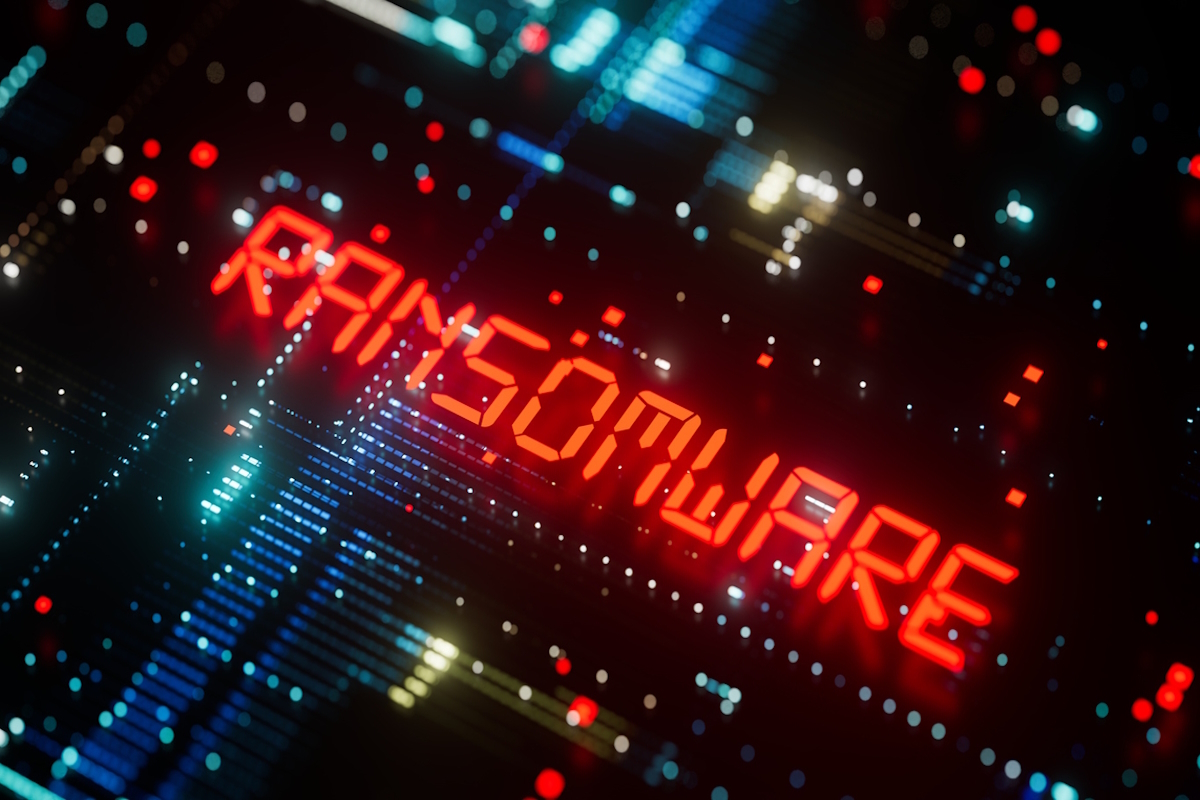
teiss - Ransomware - The rise of the encryption-less data breach
Another week, another dumpster fire in cybersecurity. This time, it's SonicWall taking the heat. Turns out, their SSL VPNs are getting hammered by Akira ransomware, and it's not just some theoretical threat. We're talking real-world carnage, impacting organizations left and right. Let's dive into the guts of this exploit and how to keep your network from becoming Akira's next playground.

Ransomware - The rise of the encryption-less data breach
The Exploit: CVE-2024-40766 and Reused Credentials
Initially, whispers of a SonicWall VPN zero-day vulnerability sent shivers down the spines of admins everywhere. But hold up – SonicWall is now saying it's actually CVE-2024-40766, a previously disclosed flaw. This vulnerability allows attackers to crash the firewall. But here's the kicker: it seems like reused passwords are a major contributing factor. Attackers are likely leveraging compromised credentials to gain access and then trigger the vulnerability.
- CVE-2024-40766: A known vulnerability that can cause firewall crashes.
- Reused Passwords: The low-hanging fruit that attackers are feasting on.
- Akira Ransomware: The payload being delivered after successful exploitation.
Defense: Patch, Reset, and Lock It Down
So, how do you stop Akira from turning your SonicWall into a smoking crater? Here's the playbook:
- Patch Like Your Life Depends On It: Update your SonicWall firmware ASAP. Seriously, do it now.
- Password Resetpalooza: Force a password reset for all VPN users. And for the love of all that is holy, enforce strong, unique passwords.
- MFA Everywhere: Multi-factor authentication is your best friend. Enable it on everything, especially VPN access.
- Monitor Like a Hawk: Keep a close eye on your firewall logs for any suspicious activity. Unusual login attempts, excessive failed logins, and unexpected reboots are all red flags.
- Assume Breach: Act like you're already compromised. Review your backups, incident response plan, and make sure you can recover quickly.
What's Next?
This SonicWall situation is a stark reminder that even patched vulnerabilities can be exploited if basic security hygiene is ignored. Reused passwords are a plague, and MFA is no longer optional. Stay vigilant, stay patched, and stay paranoid. The threat landscape is only going to get more brutal.
References
- Akira Ransomware Exploits SonicWall VPNs in Likely Zero-Day Attack on Fully-Patched Devices
- SonicWall Investigating Potential SSL VPN Zero-Day After 20+ Targeted Attacks Reported
- ⚡ Weekly Recap: VPN 0-Day, Encryption Backdoor, AI Malware, macOS Flaw, ATM Hack & More
- SonicWall firewalls targeted in ransomware attacks, possibly via zero-day - Help Net Security
- Arctic Wolf Observes July 2025 Uptick in Akira Ransomware Activity Targeting SonicWall SSL VPN I Arctic Wolf
- SonicWall firewalls hit by active mass exploitation of suspected zero-day | CyberScoop
- Gen 7 and newer SonicWall Firewalls – SSLVPN Recent Threat ...
- SonicWall Walks Back Zero Day notice on SSLVPN : r/msp
- SonicWall Confirms Patched Vulnerability Behind Recent VPN ...
- SonicWall: Attackers did not exploit zero-day vulnerability to ...
- Todyl Threat Advisory: Understanding the Recent SonicWall SSL ...
- SonicWall says recent attack wave involved previously disclosed ...
- Feature Image
